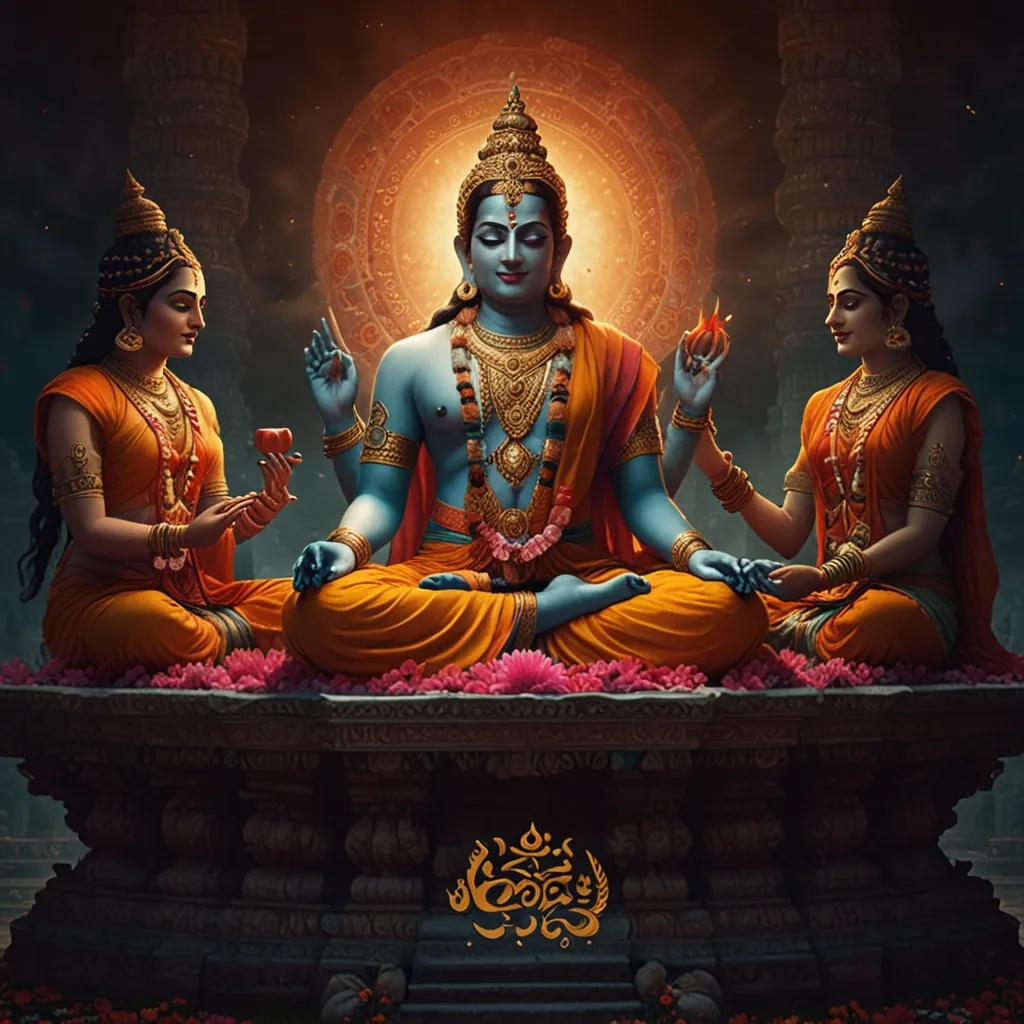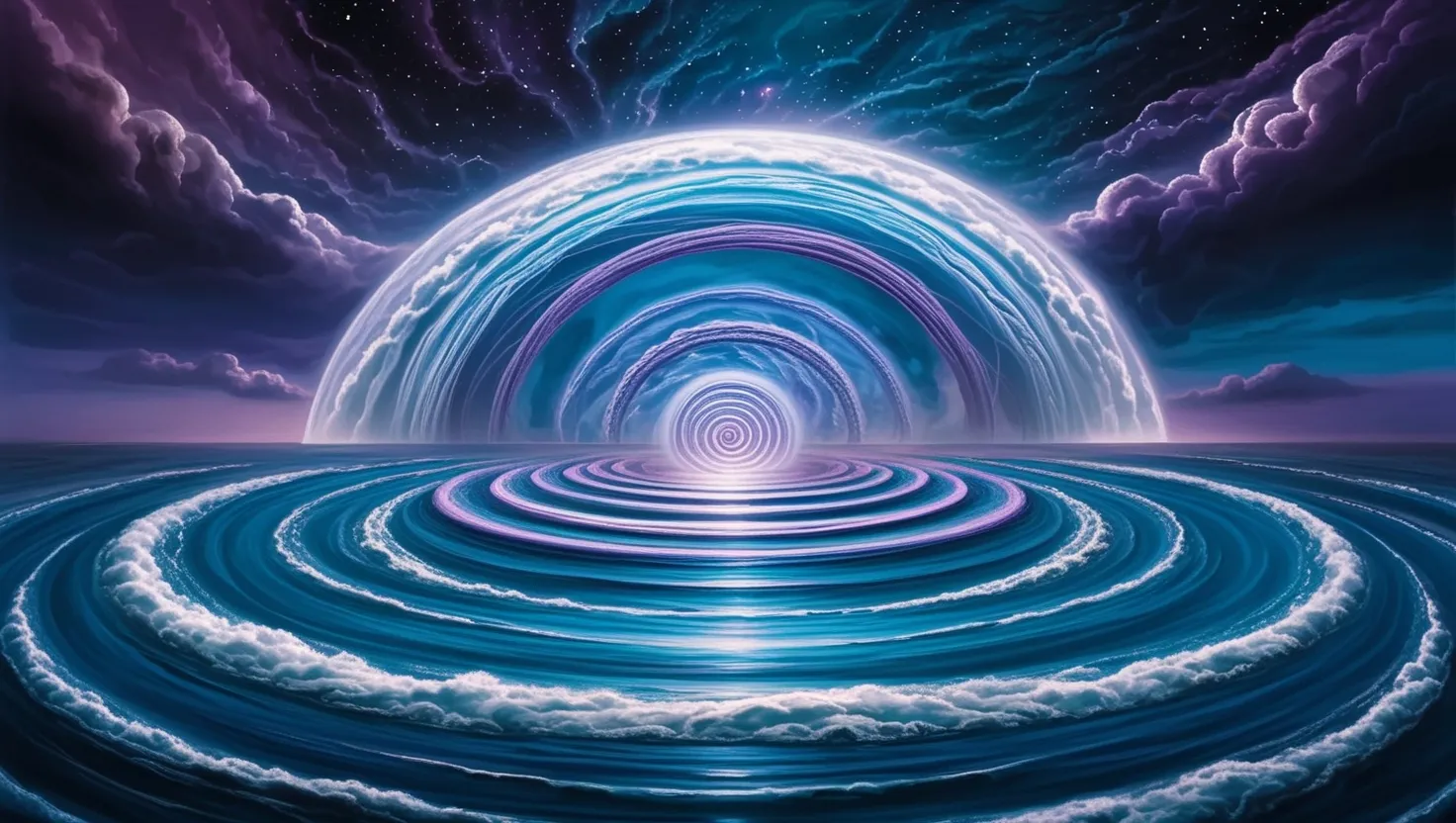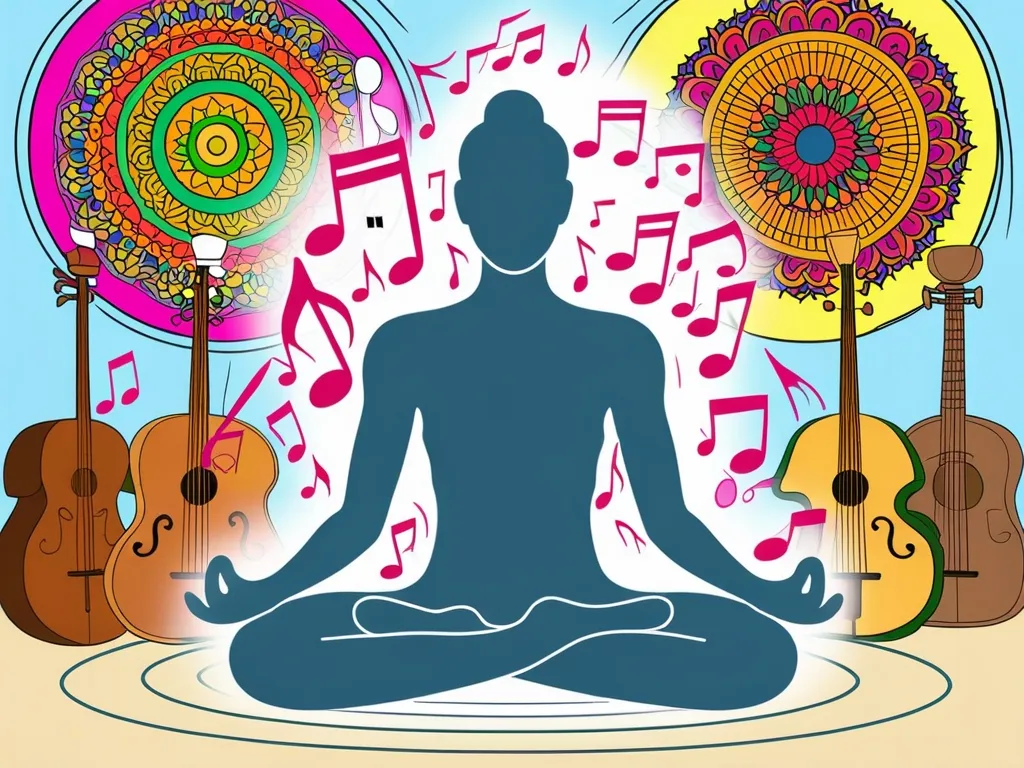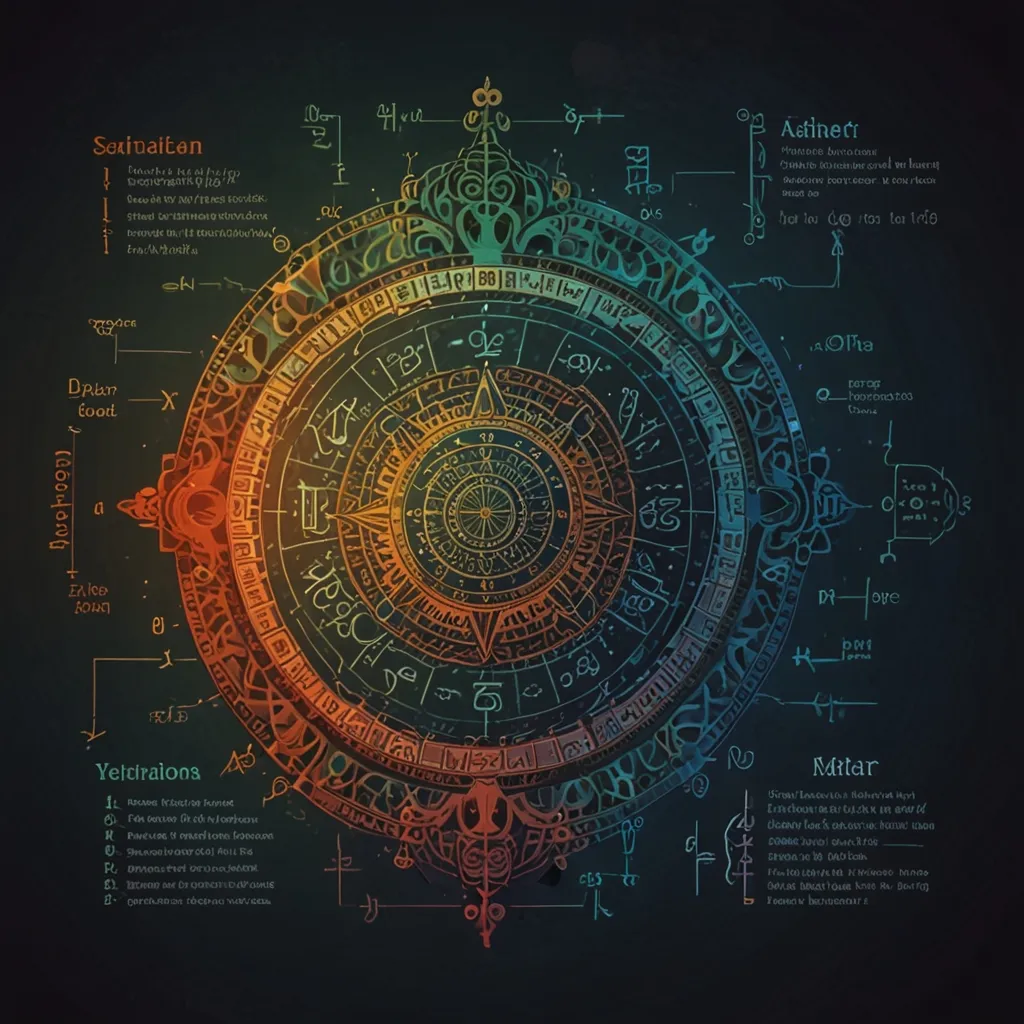The Vedas are like the backbone of Hinduism, stretching back to around 2000-1500 B.C.E. Despite being super ancient, they still play a huge role in how Hindus practice their faith today. The Vedas are jam-packed with hymns, rituals, and deep metaphysical talks that shape everything from daily rituals to the big questions about life and the universe.
Let’s talk rituals first. The Vedas lay out the blueprint for many of the ceremonies that Hindus observe even now. Yagnas, or fire sacrifices, are a prime example. These are done to maintain cosmic balance and for personal well-being. The Yajur Veda is like the go-to manual for these rituals, making it a must-read for priests and devotees alike.
Then there’s the whole belief system. The Vedas introduced early gods like Indra, the thunder god, and Agni, the fire god. These deities have evolved over time, and new ones have joined the pantheon, but their stories and significance come straight from the Vedas. Later texts like the Puranas expanded on these tales, embedding them into Hindu mythology and everyday life.
The Bhagavad Gita, a part of the epic Mahabharata, is another heavy hitter when it comes to Vedic influence. This text digs deep into the concepts of duty (dharma), karma, and self-realization. It’s practically a handbook for living a moral life and understanding one’s place in the cosmic order, all deeply influenced by Vedic teachings.
When it comes to spirituality, the Vedas shine bright. The Upanishads, part of the Vedic corpus, delve into the nature of reality (Brahman) and the self (Atman). They lay the groundwork for practices like meditation and yoga. Modern Hindu spiritual leaders often draw from these texts to guide people on their spiritual journeys.
The Vedas also stress the importance of the guru-disciple tradition, ensuring that knowledge is passed down authentically. This relationship is still very much alive today, with many seeking guidance from gurus versed in Vedic wisdom.
Beyond religious rituals and beliefs, the Vedas touch on cultural and social aspects too. Epics like the Ramayana and Mahabharata, grounded in Vedic tales, are woven into the fabric of Hindu culture. These stories get retold in books, movies, and other media, keeping the Vedic spirit alive.
So, the Vedas aren’t just dusty old books. They’re living texts that continue to influence Hindu practices, beliefs, and culture. They provide timeless wisdom, guiding Hindus on their quest for meaning and a deeper connection with the divine.






